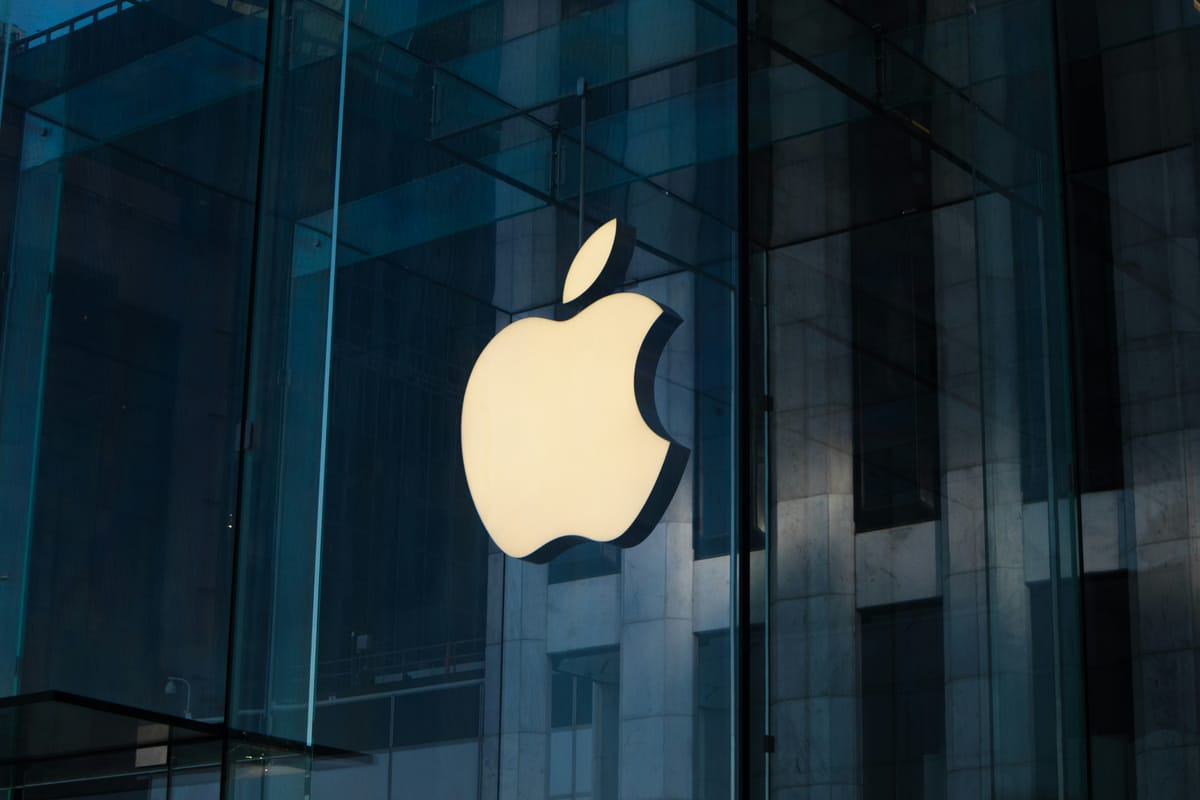Apple Opens AI Floodgates: Developers Can Now Access Offline AI Models
Apple has just handed developers the keys to its most powerful AI technology. In a groundbreaking move that could reshape how apps handle artificial intelligence, the tech giant is allowing third-party developers to tap directly into its offline AI models through new APIs. This represents the most significant opening of Apple's AI ecosystem since the company began its push into machine learning, potentially transforming everything from photo editing apps to productivity tools.
The Game-Changing Announcement
At its latest developer conference, Apple unveiled a comprehensive suite of APIs that grant developers access to the same AI models powering Siri, Photos, and other core applications. Unlike cloud-based AI services that require internet connectivity, these models run entirely on-device, leveraging Apple's Neural Engine found in A17 Pro and M-series chips.
The move addresses a critical pain point for developers who previously had to choose between building their own AI models—an expensive and time-consuming process—or relying on cloud services that compromise user privacy and require constant internet connectivity.
What's Under the Hood
Apple's offline AI toolkit includes several key components:
Vision Intelligence APIs provide advanced image recognition, object detection, and scene analysis capabilities. Developers can now integrate the same technology that helps Apple Photos identify people, pets, and objects in images.
Natural Language Processing Tools offer text analysis, sentiment detection, and language translation without sending data to external servers. This mirrors the technology behind Apple's on-device Siri processing.
Core ML Integration has been expanded to support more complex model architectures, allowing developers to leverage Apple's pre-trained models while maintaining the ability to fine-tune them for specific use cases.
Privacy-First Approach Pays Off
This development showcases Apple's commitment to privacy-preserving AI. While competitors like Google and OpenAI process AI requests in the cloud, Apple's on-device approach means sensitive user data never leaves the iPhone or Mac.
"We're seeing a fundamental shift in how AI can be deployed," says Dr. Sarah Chen, AI researcher at Stanford University. "Apple's approach proves you don't need to sacrifice privacy for powerful AI capabilities."
The privacy implications are particularly significant for enterprise applications. Companies handling sensitive data—from healthcare providers to financial institutions—can now integrate advanced AI features without worrying about data exposure or compliance violations.
Real-World Impact for Developers
Early access developers are already showcasing impressive implementations. Photo editing app Pixelmator Pro is using Apple's Vision APIs to provide professional-grade object removal and background replacement. Productivity app NotePlan has integrated the natural language APIs to offer intelligent task extraction from meeting notes—all processed locally.
The financial implications are equally compelling. Smaller development teams that previously couldn't afford to build custom AI models can now compete with larger companies. This democratization of AI technology could spark a new wave of innovative applications.
Technical Advantages and Limitations
Apple's offline approach offers several key advantages:
- Instant Response Times: No network latency means AI processing happens in milliseconds
- Consistent Performance: Functionality doesn't degrade with poor internet connectivity
- Enhanced Privacy: Data processing occurs entirely on the user's device
- Cost Efficiency: No ongoing cloud processing fees for developers
However, there are trade-offs. On-device models are necessarily smaller and less capable than their cloud-based counterparts. Complex tasks requiring massive datasets or computational power may still need cloud processing.
Industry Implications
This move positions Apple to challenge the dominance of cloud-based AI providers. While companies like OpenAI and Google have focused on increasingly powerful but resource-intensive models, Apple is betting on efficient, privacy-preserving AI that runs anywhere.
The strategy aligns with broader industry trends toward edge computing and data sovereignty. As privacy regulations tighten globally, Apple's offline-first approach may become the standard rather than the exception.
The Road Ahead
Apple's decision to open its AI models represents more than a technical advancement—it's a strategic repositioning that could define the next era of mobile computing. By combining powerful on-device processing with strict privacy protections, Apple is creating a compelling alternative to cloud-dependent AI services.
For developers, this represents an unprecedented opportunity to build AI-powered applications without the complexity and costs associated with cloud infrastructure. For users, it means more intelligent apps that respect privacy while delivering instant, reliable performance.
The real test will be in execution. As developers begin integrating these tools, we'll see whether Apple's privacy-first approach to AI can truly compete with the raw power of cloud-based alternatives—and whether users will notice the difference.
